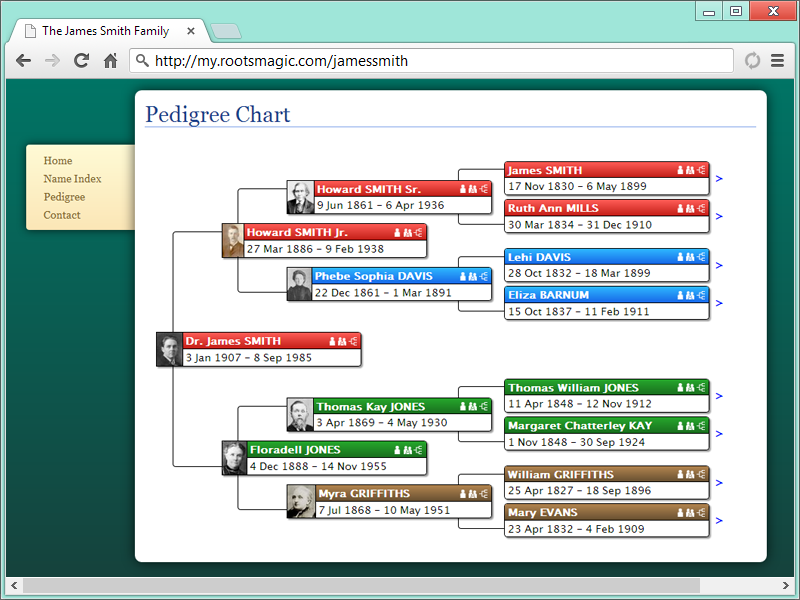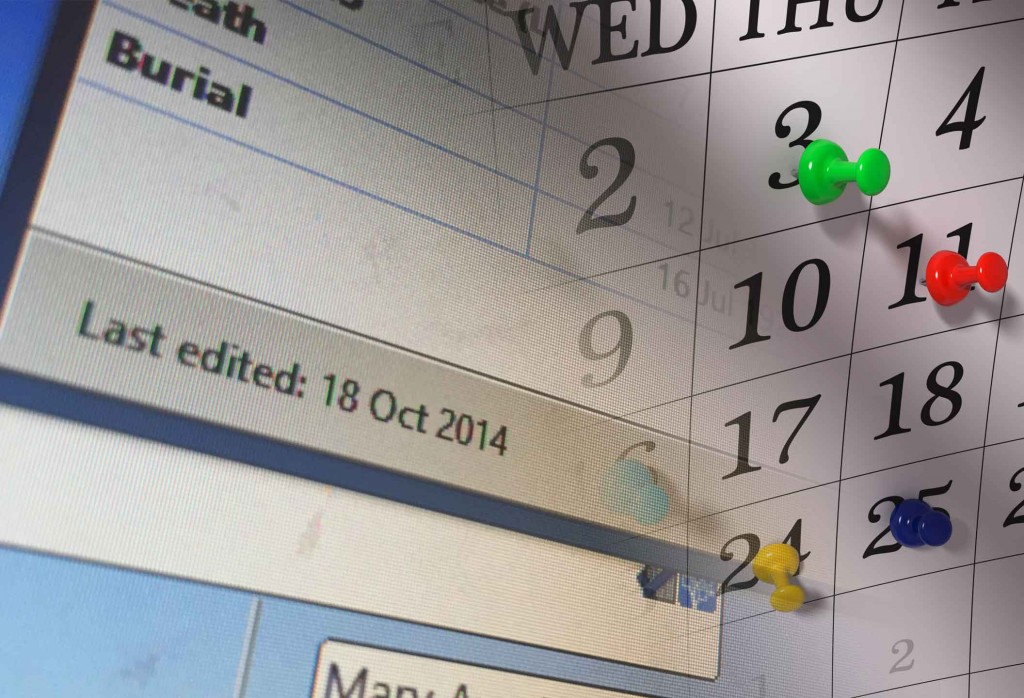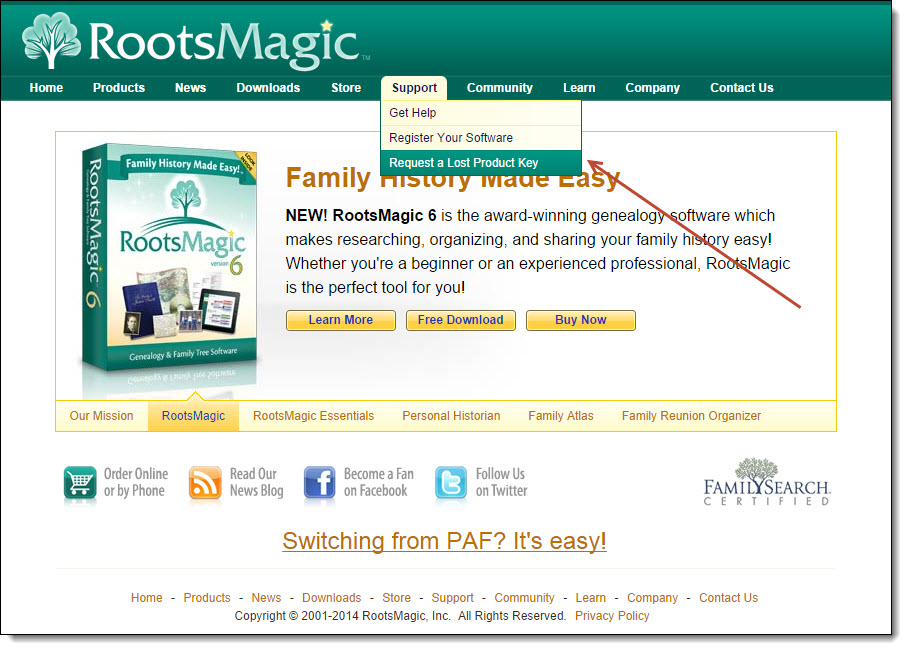Personal Historian is our unique software that helps you write the story of your life and of other individuals. One of the most common questions we hear is, “Is there a printed book to go along with it?” We’re pleased to finally be able to say, “yes!” with the release of Personal Historian 2: The Companion Guide, now available in our store.
This 192-page book was written by me, the author of Personal Historian.
“User Manual” is such an unfriendly word. I’ve tried to make this book much more than a cold, technical description of just another computer application. Because a personal history should be much more than a lifeless description of events, I wanted this book to be a little more colorful and have a little more personality.
Yes, you will find the expected technical descriptions and walk-throughs. But, hopefully, you’ll also find practical tips, new ideas, and needed inspiration to finally bring life to your life stories.
Introductory Price
For a very limited-time, you can get your own copy of Personal Historian 2: The Companion Guide for only $7.95 (plus shipping). That’s nearly half-off its regular price of $14.95. Simply visit our website and add it to your cart to receive the discount.
Don’t wait, order your copy today!
Table of Contents
Curious about what is inside? Take a look at its Table of Contents:
- Introduction
- Why you need Personal Historian
- What is Personal Historian?
- Personal Historian’s History
- About this Book
- Why you can’t write your personal history
- Why are you doing this?
- The obstacles
- “I don’t know where to start”
- “I don’t have the time”
- “I can’t remember enough details”
- “I’m not a good writer”
- Getting started
- The Welcome Screen
- Creating a new file
- Importing Data
- Importing Genealogy
- Importing LifeCapsules & Timelines
- Importing Other Text Data
- The Main Screen
- Main Menu Toolbar
- Status Bar
- Story Details
- Time Slider
- Story List
- Search Box
- Filtering Stories
- Working with Files
- Open an Existing File
- Searching for a File
- Moving or Renaming a File
- Deleting a File
- Copying a File
- Checking and Repairing a File
- File Options
- Managing Your Stories
- Story Status
- Adding a New Story
- Editing an Existing Story
- Picking a Random Story
- Adding a Journal Entry
- Deleting a Story
- Using Categories
- Adding a New Category
- Editing a Category
- Deleting a Category
- Changing the Order of Categories
- Changing a Story’s Category
- Recording People
- Relationships
- Dates of Involvement
- Adding a New Person
- Editing a Person
- Deleting a Person
- Adding a Person to a Story
- Tracking Places
- Geocoding Your List of Places
- Adding a New Place
- Editing a Place
- Deleting a Place
- Changing a Story’s Place
- The Editor Screen
- Editor Menu
- Editor Toolbar
- Editor Status Bar
- Story Information
- The Organizer
- Organizer Toolbar
- Organizer Items
- Moving Organizer Items
- Selecting Multiple Items at Once
- Copy Items to the Composer
- The Memory Solution
- Brainstorming
- Step 1: Visualize
- Step 2: Summarize
- Step 3: Organize
- Step 4: Repeat
- The “O” Word
- The Composer
- Composer Toolbar
- Applying Styles
- Fonts & Formatting
- Adding Pictures
- Importing a Document
- Spell Check & Thesaurus
- Readability Check
- Dictating and Reading Back Your Story
- Fullscreen Editing
- How to Write Good
- Let Your Voice Shine Through
- Make it Readable
- Write to Your Audience
- Write with Strength
- Finding the Right Word
- Shaking Things Up
- The Difference
- Do I Have Your Attention?
- Show, Don’t Tell
- Add Context
- What’s a newspaper?
- Let Your Characters Speak
- Putting It All Together
- Creating a New Book
- Managing Books
- Using the Publisher
- Printing and Exporting Your Work
- Publishing a Single Story
- Protecting Your Work
- Rule #1: Backup your data often
- Rule #2: Keep past backups, not just the latest
- Rule #3: Keep backups in multiple places
- Restoring from a Backup
- Good Luck
- Reference Guides
- Program Options
- Dates and Ages
- Menu Commands
- Keyboard Shortcut Keys
- Index







































